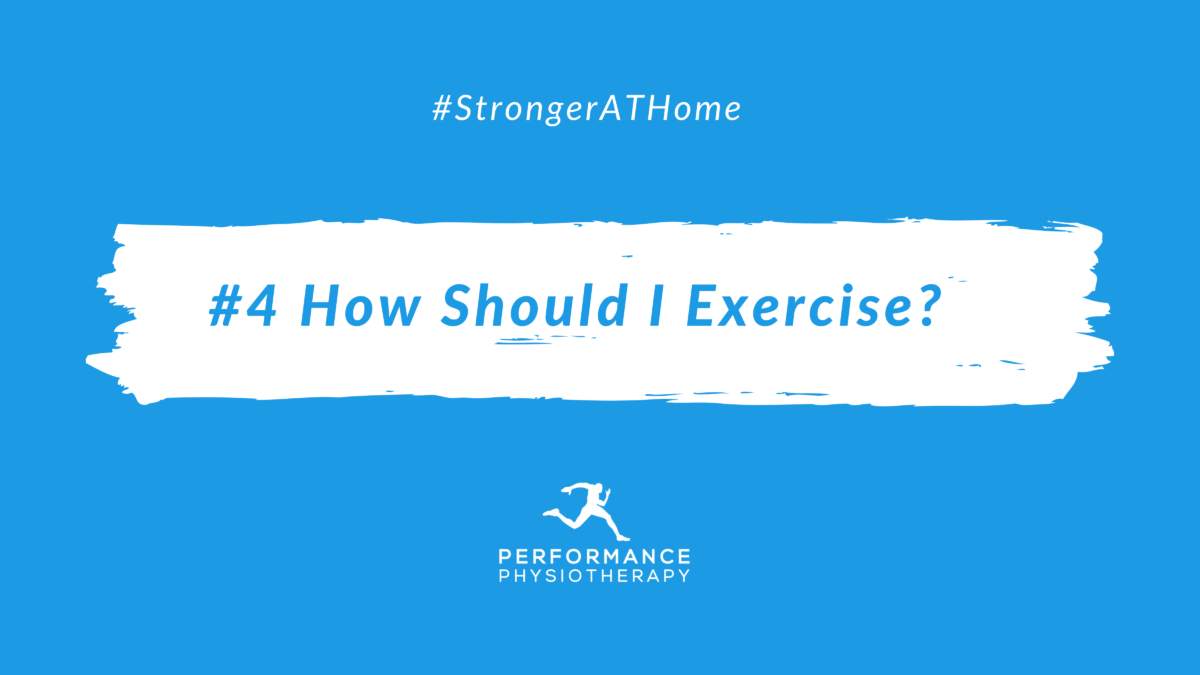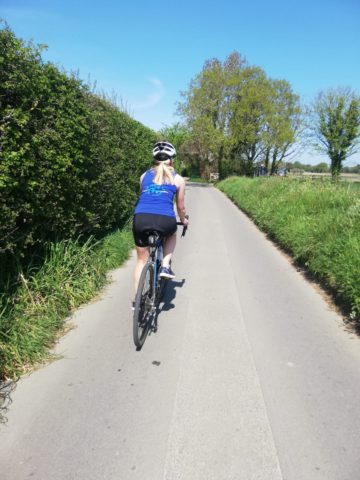Types of exercise
During this lockdown we have the ability, like never before, to be flexible with when we add exercise, See our initial stage of making a plan [here] where we talk about goal setting. If you’ve set any goals then be sure to share them with us!
We all know that exercise is good for us and helps us to stay healthy by improving heart health, reducing risk of cancers, controlling inflammation and improving immune system strength, but what to choose? (Nystoriak & Bhatnagar, 2018)
Public health experts tell us that we should be doing at least 150 minutes of moderate intensity exercise per week though it can be tricky to decide which exercise to start with and where to go from there [ref NHS]
This blog will break down the main three types of exercise to help you decide what to fit into your weekly routine.
Cardio
Cardiovascular exercise is anything which makes you breathe faster & feel warmer, this can include jogging, cycling, dancing around the kitchen, gentle yoga or hoovering.
During this lockdown you might be trying to start running, maybe you have a dream of doing Park Run or running a 10km race? A great place to start is by following a couch to 5km program. We love the Public Health England couch to 5km plan [here] which is downloadable on to your phone.
Running not your thing? It’s not for everyone– the impact can sometimes be too much for troublesome knees or ankles, try getting out for a low impact cycle or sea swim instead! If you’re sea swimming then make sure you check the tide and go with someone who can help out if you need it as there is no lifeguard service right now. Here is Fiona, one of our physiotherapists enjoying the recent good weather and trying all three!
Need to stay in the house? No problem- Joe Wicks has you covered with his daily ‘PE lessons’ that are definitely not just for kids! Or try a gentle yoga sequence– we love the Down Dog yoga app which is free and offers endless customisable yoga routines which you can do anywhere
Strength
Strength training is paramount for maintaining muscle mass, bone health, improving tendon pain and preventing injury. If you don’t have a set of weights then that’s okay– just refer to [our post] on makeshift exercise equipment and see what you can find from around the house.
How do I know what a strength exercise is?
If you struggle to repeat it more than 8 times then you’ll get stronger by doing it! Just take an exercise, complete it up to 10 times, take a short break then repeat this 3-4 times.
Try out our speedy full body circuit
The first time you complete a strength circuit you might feel a bit achey the next day, which is called DOMS (delayed onset muscle soreness) this is normal and it won’t be as bad the next time– we promise!
All you need to do is two strength circuits per week and you’re already preventing injury. It will take around 12 weeks for your tissues to adapt and get stronger but you’ll feel stronger, fitter and more coordinated long before this. We may be in some semblance of lockdown for a few months so it’s the perfect time to set strength goals, whether that is to get stronger legs to help your knee pain or build rock hard abs to help you pop up surfing!
Some simple things to remember when resistance training that will help you to not injure yourself are…
- Make sure you’re not swinging the weight, you should be able to pause the movement at any time
- Take it slow– performing an exercise slowly is what takes it from being too easy to challenging enough, and make you Stronger at Home!
- Remember to breathe!
Mobility
Hate stretching? Feel like you should do it more often but can’t find the motivation?
The good news is that we don’t rate stretching for preventing injuries!! We much prefer lengthening exercises called eccentrics to increase muscle length and strength within that range (Hody et al. 2019)
We’re not saying that you shouldn’t work on your mobility- you can choose to if you like but don’t feel like you have to in order to prevent injury.
You might set a goal for lockdown like being able to touch your toes, put your socks on or something more ambitious like being able to do the splits!
Check out our video for some great examples of exercises you can do instead of stretching which increase muscle length in the legs and get you strong in that range.
Love stretching? Great- there’s no problem with it & you’ve very unlikely to hurt yourself doing it so crack on!
We hope all of the above can get started on your journey to being #StrongerATHome !!
If you feel you’re being held back from exercising right NOW by an injury, please book online for a Video Consultation with us [here], so we can keep you healthy and in top form!
Thanks for reading!
Blog post written by Fiona Robertson
BSc (Hons) Physiotherapy, MCSP
Performance Physiotherapy






